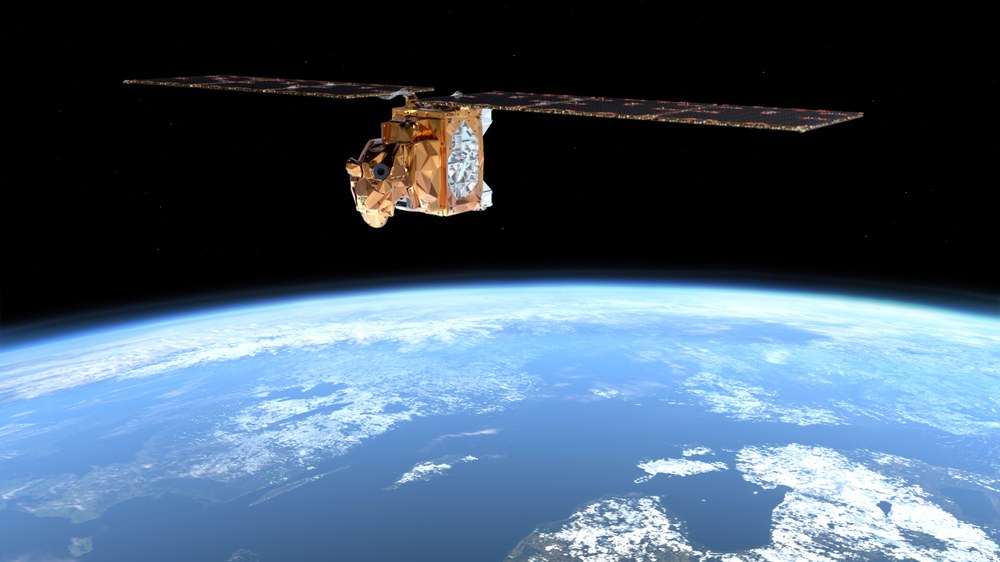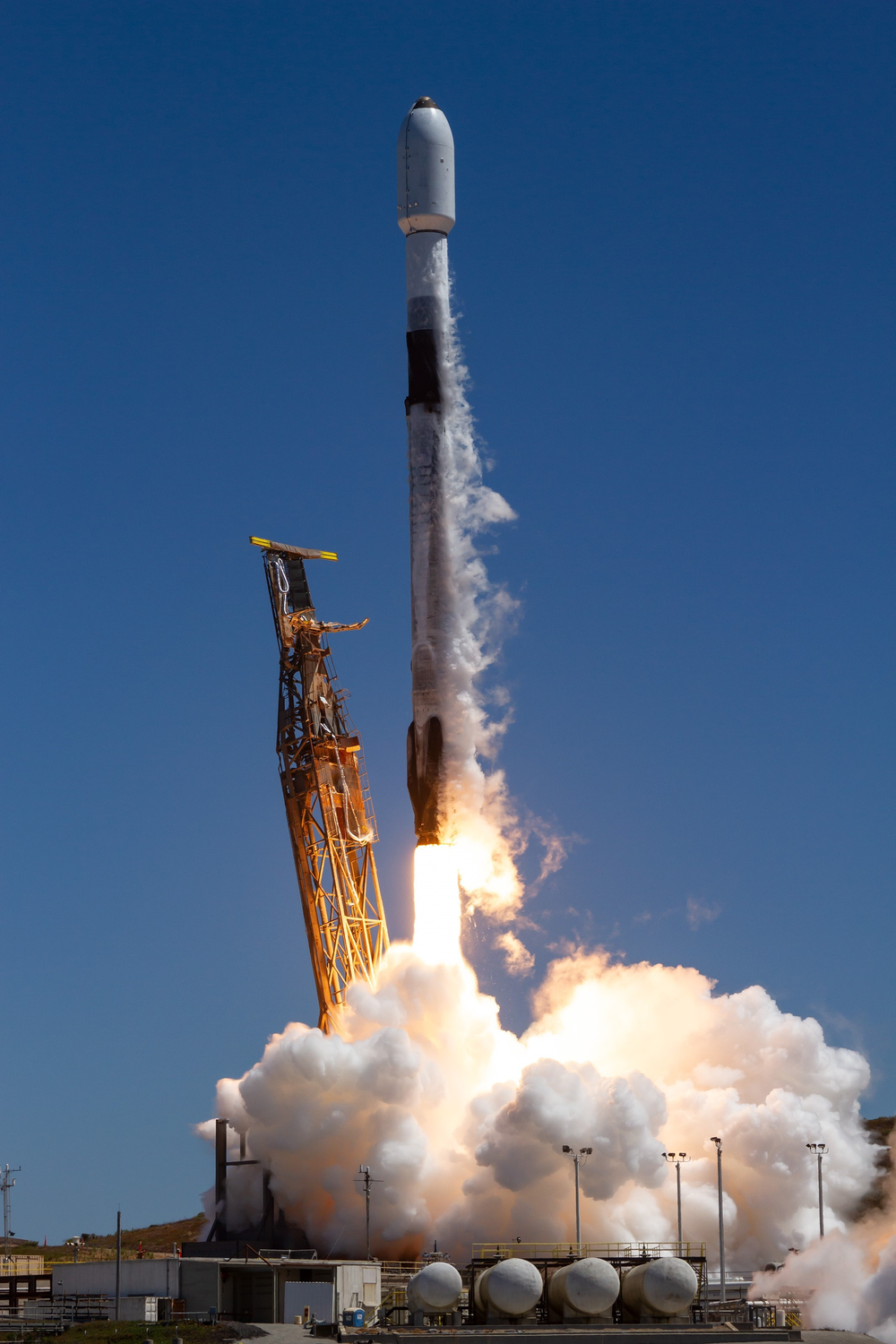The next generation of weather satellites: Arctic Weather Satellite launches

- The Arctic Weather Satellite (AWS) was launched on 16 August 2024 at 20:56 CEST (11:56 local time) aboard a Falcon 9 rocket from the Vandenberg Space Force Base in California. First contact with the satellite was made at 03:06 CEST on 17 August.
- AWS is a demonstrator for the planned 'EPS Sterna' constellation, aimed at enhancing Arctic weather observations.
- Until now, accurate weather data for the Arctic has been scarce, but with the launch of AWS, significantly improved weather models can be developed.
- The German Space Agency at DLR is coordinating Germany's contributions to ESA for this project.
- Focus: Spaceflight, Earth observation
The Arctic Weather Satellite (AWS), an Earth observation mission, was launched on 16 August 2024 at 20:56 CEST (11:56 local time) on a Falcon 9 rocket from the Vandenberg Space Force Base in California. First contact with the satellite was made at 03:06 CEST on 17 August.
The small satellite, with a total mass of just 150 kilograms, is starting its one-year mission. It uses a passive microwave radiometer to measure temperature and humidity profiles in the Arctic – a region where data has been insufficient for precise short-term weather forecasts.
The data gathered by AWS will significantly enhance short- and medium-term weather forecasting in the northern polar regions. Given the significant influence of Arctic weather on global patterns, this data will also contribute to more accurate global weather forecasting.
There is considerable interest in Germany and across Europe in using the data, as improved weather forecasts in the polar region will lead to significant improvements in forecasts on the European continent, particularly for prolonged periods of heat and cold.
AWS is a precursor to the EPS Sterna satellite constellation, which is being developed by the European Space Agency (ESA) on behalf of the European Organisation for the Exploitation of Meteorological Satellites (EUMETSAT). EPS Sterna will comprise three generations of six small satellites in three Earth orbits, delivering precise weather data from the polar regions over the long term. The constellation will complement existing satellite systems such as MetOp-SG from EUMETSAT and JPSS from the US National Oceanic and Atmospheric Administration (NOAA).
AWS will demonstrate the functionality of the satellite and its instruments, as well the benefits in terms of cost- and time-efficiency of the 'New Space' approach.
Fast, cost-effective and future-proof with German technology
AWS was developed with completely new methods in order to achieve results cost effectively and on schedule, in line with the New Space approach. In particular, technical requirements and testing procedures were significantly simplified, leading to the completion of the satellite just 36 months after ESA awarded the contract to the main contractor, OHB Sweden. The project remained remarkably cost efficient throughout.
Walther Pelzer, German Aerospace Center (Deutsches Zentrum für Luft- und Raumfahrt; DLR) Executive Board Member and Director General of the German Space Agency at DLR, highlights the project's significance for the German economy and research community: "I am very pleased that we can strengthen Germany as a space centre with AWS. German research institutions and medium-sized space companies have played a major role in the satellite's development. The planned production of a total of 20 satellites as part of the EPS Sterna programme will result in numerous contracts for German SMEs in the long term."
Germany is contributing around 18 percent of AWS's costs through ESA, funded by the Federal Ministry for Economic Affairs and Climate Action (BMWK). The EPS Sterna constellation will be operated by EUMETSAT and funded by the Federal Ministry for Digital and Transport (BMDV).
"ESA has succeeded in developing a proto-flight model of the AWS in a very short time, demonstrating its operational readiness ahead of a potential future EUMETSAT programme. This showcases the ways satellites can be successfully and efficiently developed with the help of New Space approaches. This innovation ecosystem is precisely what we aim to advance with our space strategy," says Anna Christmann, Federal Government Coordinator of German Aerospace Policy.
Stefan Schnorr, State Secretary at BMDV, adds: "The new Earth observation satellite will provide us with more detailed insights than ever before into climatic developments in the Arctic – a region that is significantly impacted by climate change. AWS represents cutting-edge technology that sets new standards. The satellite will help further improve weather forecasts in Germany and Europe."
The German Space Agency at DLR is coordinating the German contributions to ESA's efforts.

